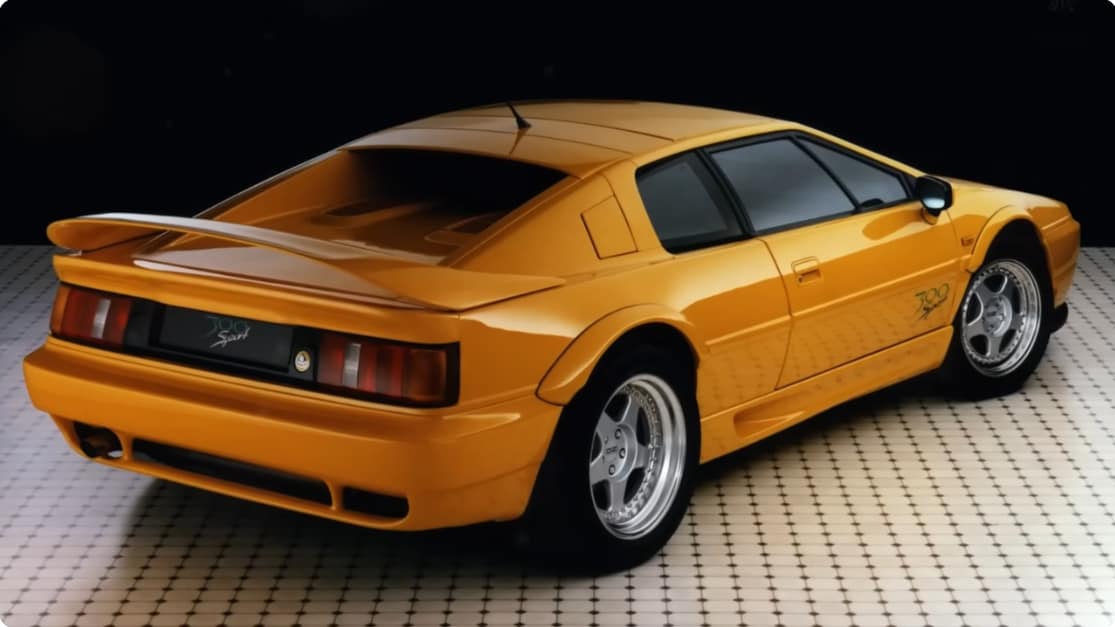
The video "10 Super Rare Lotus Cars Ever Built!" highlights various rare and unique Lotus models, detailing their performance, design, and historical significance.
Here's a summary of the cars discussed:
Lotus Esprit Sport 300: This 1990s model was Lotus's attempt to transform the Esprit into a race-ready car. Powered by a 2.2L turbocharged 4-cylinder engine producing 300 horsepower, it was the fastest 4-cylinder production car globally at the time, capable of 0-60 mph in 4.7 seconds.
2018 Evora GT430: A powerful and wild Evora, it featured a supercharged 3.5L V6 engine generating 430 horsepower. With extensive use of carbon fiber, it weighed just over 3,100 lbs, achieving 0-60 mph in 3.6 seconds and a top speed of 190 mph, making it the fastest road-going Lotus at its launch.
Lotus 240R: Built in the mid-2000s, this car celebrated Lotus's return to form. Its 1.8L supercharged and intercooled Toyota 4-cylinder engine produced over 240 horsepower, allowing it to reach 60 mph in under 4 seconds. Only 50 units were built, split evenly between left-hand and right-hand drive.
Lotus Turbo Esprit Essex: Unveiled in 1980, this special edition was the first production Esprit to feature turbocharging. Its 2.2L 4-cylinder engine with a Garrett turbo produced around 210 horsepower, giving the lightweight car genuine supercar pace. It was known for its flashy metallic blue, red, and chrome stripes.
Lotus Esprit Sport 350: Created in the late 90s to celebrate the Esprit's twilight years, the Sport 350 was named for its 350 metric horsepower from a twin-turbocharged 3.5L V8. It featured race-inspired tweaks like a carbon fiber rear wing and Brembo brakes. Only 42 of the planned 50 examples were completed, making it the fastest road-going Esprit at the time.
Lotus Evora GTE: Born from Lotus's endurance racing ambitions at Le Mans, the GTE was a hardcore road-going Evora. It housed a massaged 3.5L supercharged V6 tuned to about 444 horsepower, combined with lightweight carbon fiber panels and race-bred suspension.
Lotus 3-Eleven 430: Launched in 2018, this track-focused vehicle was the final, most extreme version of the 3-Eleven. It squeezed 430 horsepower from a supercharged 3.5L Toyota V6, weighing just over 2,000 lbs, resulting in a 0-60 mph time of 3.1 seconds and a top speed of around 180 mph. All 430 models were street legal.
Lotus X180R: An early 1990s street-legal race car, the X180R was a homologation special for IMSA's Bridgestone Supercar Championship. It was a stripped-down, stiffened Esprit Turbo SE with a roll cage, large wings, and a turbocharged 2.2L 4-cylinder engine pushing around 300 horsepower.
1969 Lotus Type 62: This obscure gem was a test bed for the new Lotus 904 engine. Only two examples were ever built, making it exceptionally rare. It made its competition debut in 1969 to gather data on the new power plant.
Lotus Elise GT1: Also known as Type 115, this car was Lotus'ss attempt at endurance racing in the late 1990s. For homologation, Lotus built only one road-legal special, which featured a twin-turbo 3.5L Type 918 V8 from the Esprit. This single road car, combined with seven race cars, makes the Elise GT1 one of the scarcest production supercars of its era.
Source: https://www.youtube.com/watch?v=izT3nItMXYk&t=78s
Source: https://www.youtube.com/watch?v=izT3nItMXYk&t=78s